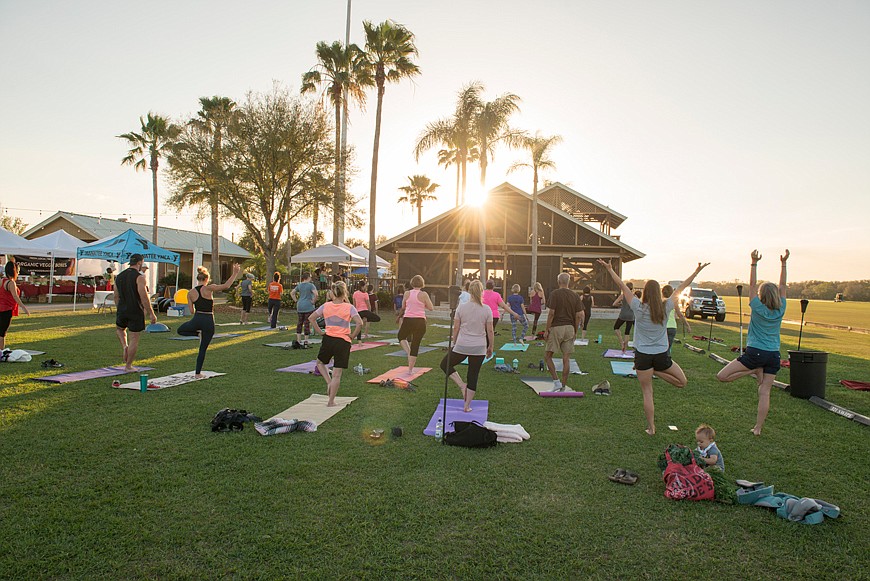- November 19, 2025
-
-
Loading

Loading

Take a look around. Lakewood Ranch is booming. It seems like every week there’s another new business, a plan moving forward for a new development and clubs and organizations adding members.
And this is all without the boost yet to come in the form of Waterside, which will add about 5,100 housing units south of University Parkway.
So we know there’s a lot of building going on. We see the construction, we understand the signs of growth.
But what do buildings have to do with community? Nothing ... and everything.
As we all know, a community is more than bricks and mortar. It’s the feeling we get from a place, the way it envelopes us and welcomes us to become part of it. It saturates the places where we gather, both informally, like at parks and bars, or more formally, like at Town Hall gatherings or a meeting of the Lakewood Ranch Business Alliance. And although many of us enjoy this communal fruit, few stop to think about what goes into growing it.
For this issue, I spoke with Monaca Onstad, whose job it is to plant the seeds that help communities grow.
Her title is community relations director for Lakewood Ranch, but what that means is helping develop things both tangible, like the renovation of The Lake Club’s Grande Clubhouse (page 28), and more intangible, like starting the new Backyard Music Series (page 54).
Like a good farmer, Onstad is cultivating ideas, testing them to see what sprouts.
Take The Market, for example (page 26). Now in its second season, the weekly farmers market has taken root at the Sarasota Polo Club. But eventually, the plan is to move it to Waterside Place, where it will become a focal part of that new area. It will act as a catalyst to help build that new community, much like how a mature tree can help improve the landscape around it.
It’s not all about new things, though. Established communities need love, too. They require opportunities to connect, to strengthen existing ties. As Onstad explains, this was the synthesis of the Backyard Concert Series. “We really are just trying to seed the idea, to see if residents like it and it will work,” she says.
If successful, the goal is to turn the series over to the communities. After all, it’s for them.
So sure, there’s a lot of building going on, but as people move in, something special starts to happen. The human element builds a structure of its own.
It’s the support that caregivers feel when they need extra help getting through tough times (page 76), or the special school where kids with autism spectrum disorder can enjoy a place just for them (page 46), or it’s providing living expenses for a neighbor fighting cancer (page 42).
With all this growth, it’s important to remember developers can build the buildings and seed the community, but we are responsible for nurturing it.
Kat Hughes, Executive Editor